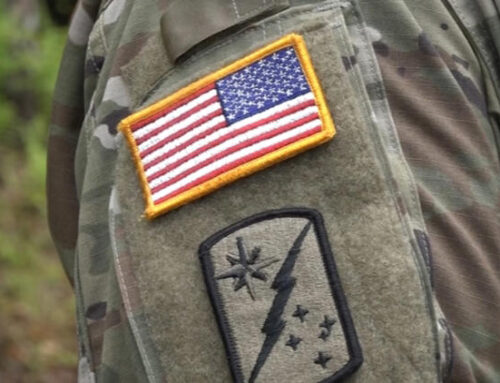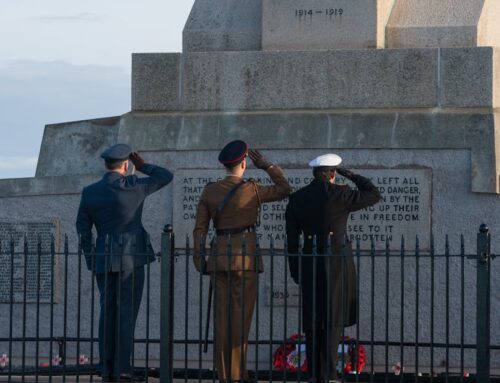The American Plan to Win World War I: Incarcerate Promiscuous Women
Published: 17 February 2023
By Ada McVean M.Sc.
via the McGill University Office for Science and Society web site

war
The American Plan was a World War I era public health program designed to combat venereal disease in troops. Unfortunately, it was far more successful in targeting and persecuting innocent women.
In 1918, as war raged in Europe, the government of the United States of America waged war on a different and much more nebulous opponent: venereal disease.
As President Woodrow Wilson said, “The Federal Government has pledged its word that as far as care and vigilance can accomplish the result, the men committed to its charge will be returned to the homes and communities that so generously gave them with no scars except those won in honorable conflict.” Unfortunately, the scourge of venereal disease made upholding this proclamation difficult. With thousands of men incapacitated daily due to syphilis and gonorrhea, not only was the military failing to protect the young men it had been entrusted, it was suffering from the economic burden of hospitalizing and treating them, as well as the loss of manpower their sicknesses meant.
As was written by Raymond B. Fosdick, the chairman of The Commission on Training Camp Activities in 1918, “In some cases as much as thirty-three and a third per cent of the men have been made ineffective through venereal disease. We cannot afford to have any condition of that kind in connection with American troops.”
Such commission, abbreviated as the CTCA, was established in April 1917, the same month the U.S. entered WWI, as an agency within the United States Department of War. The Military Morale Section (MMS), which became the Morale Branch at the war’s end, was founded a year later as American Forces were deployed to Europe.
Ostensibly the CTCA, and later the MMS, existed to help provide recreational and educational activities for military men stationed in massive training camps across the country and overseas. They worked with the Young Men’s Christian Association (YMCA) as well as other civilian groups to build libraries, organize choirs, set up organized athletic activities (in particular boxing), and generally provide “positive recreational forces… to take the place of the things [they were] trying to eliminate” like drinking, fighting, rabblerousing, and—especially relevant to venereal diseases—engaging prostitutes.
But the governmental entities didn’t stop at providing morally allowable alternatives to visiting the red-light districts that were widespread at the time. In the interest of “protecting the troops directly from the evils to which they have been exposed for years and years,” the 65th United States Congress passed the Chamberlain–Kahn Act on July 9th, 1918. The act implemented a public health program that came to be known as the American Plan. It authorized the military, police, and public health officers to arrest any woman “reasonably suspected” of prostitution and subject her to an invasive screening for sexually transmitted infections (STIs). If she tested positive, she could be forcibly “quarantined” in jails, hospitals, and even former brothels converted to keep such fallen women in. Some who tested negative were incarcerated anyways, as their presumed promiscuity was deemed a public health threat.
While the law was itself gender-neutral, in its application, the Chamberlain-Kahn Act was used almost exclusively to target women. As just one example, in 1918, of the 1,121 people in Michigan hospitalized under suspicion of STIs, 95.6% were women.
Read the entire article on the McGill University Office for Science and Society web site.
External Web Site Notice: This page contains information directly presented from an external source. The terms and conditions of this page may not be the same as those of this website. Click here to read the full disclaimer notice for external web sites. Thank you.



